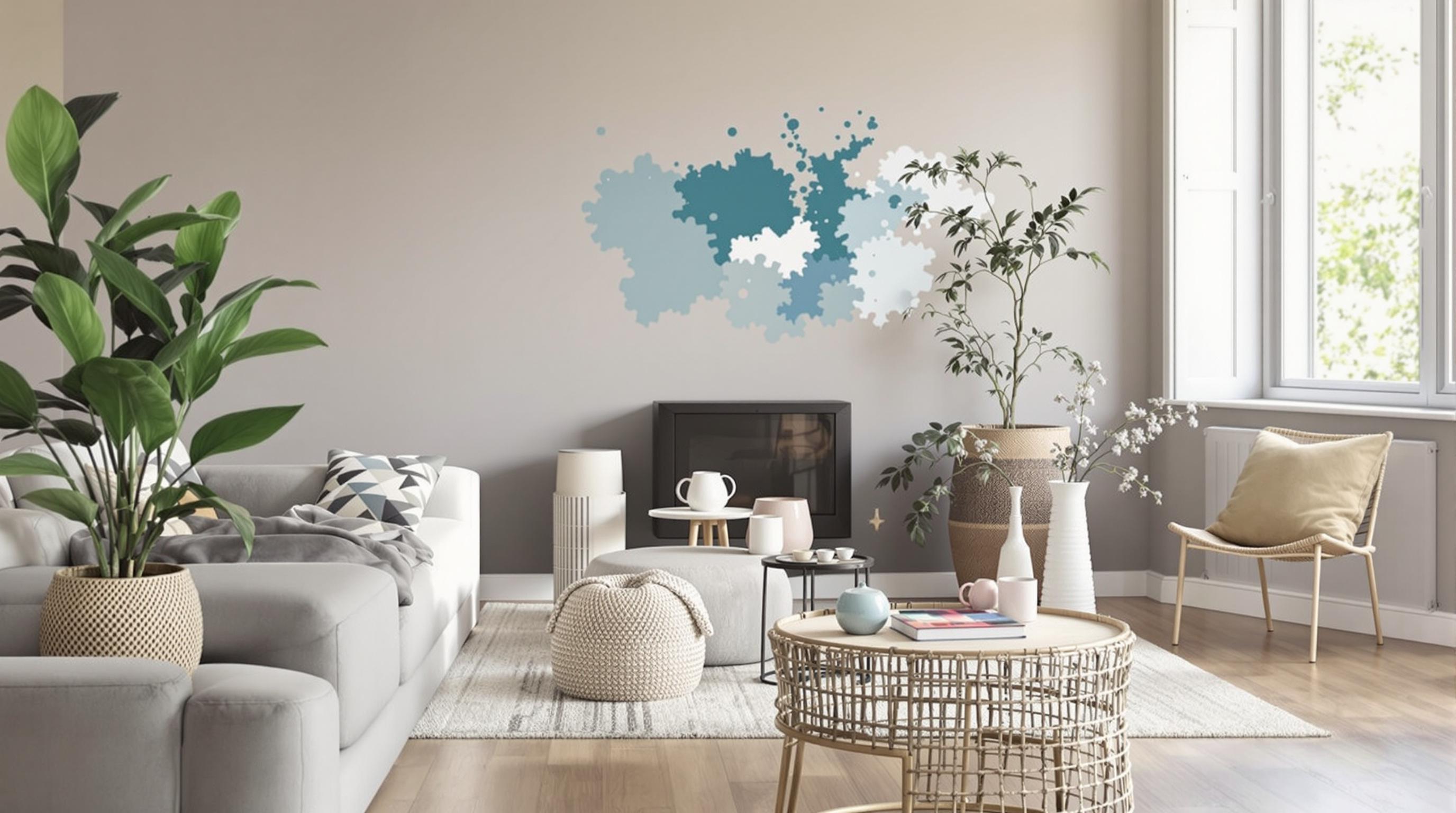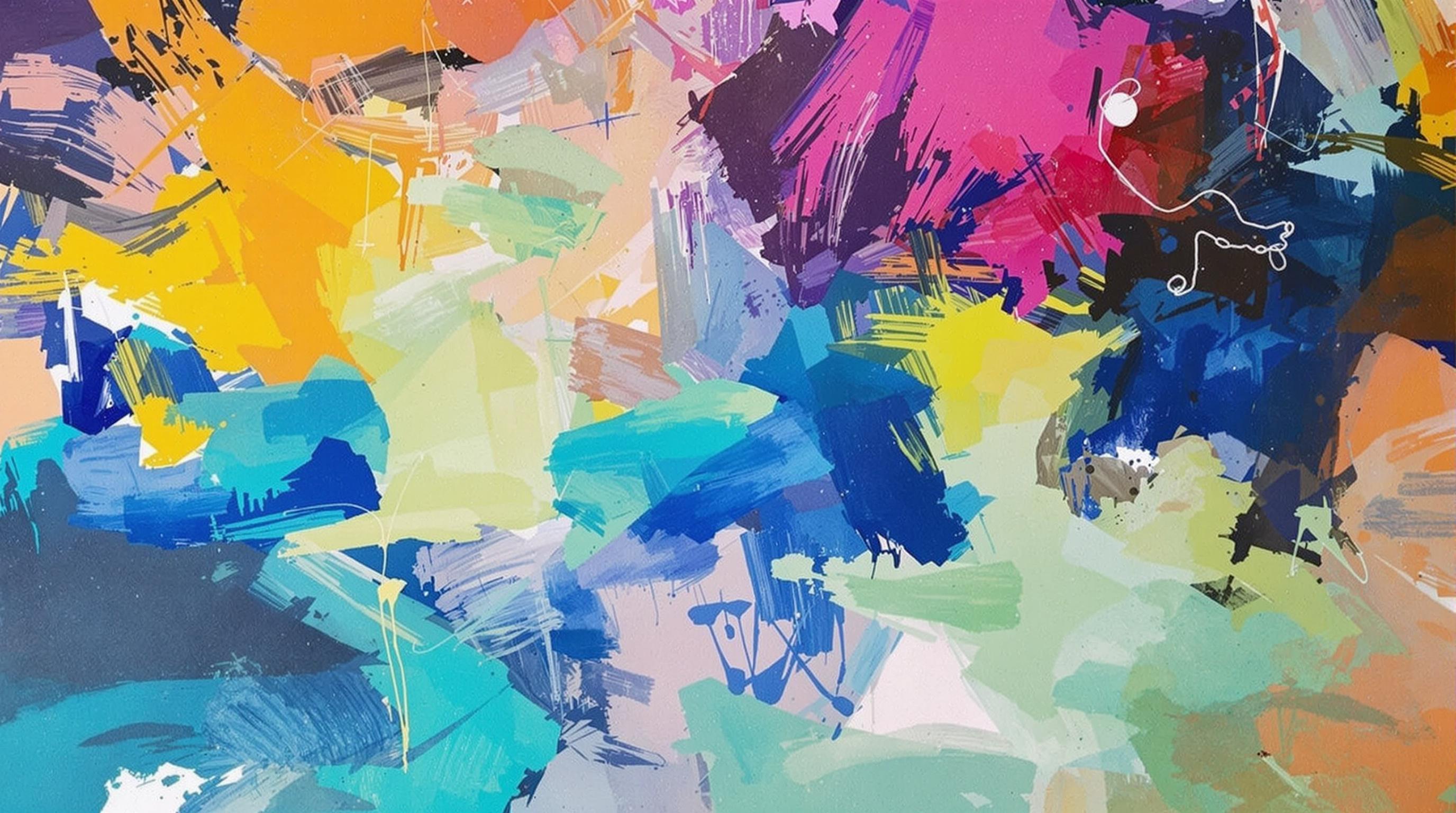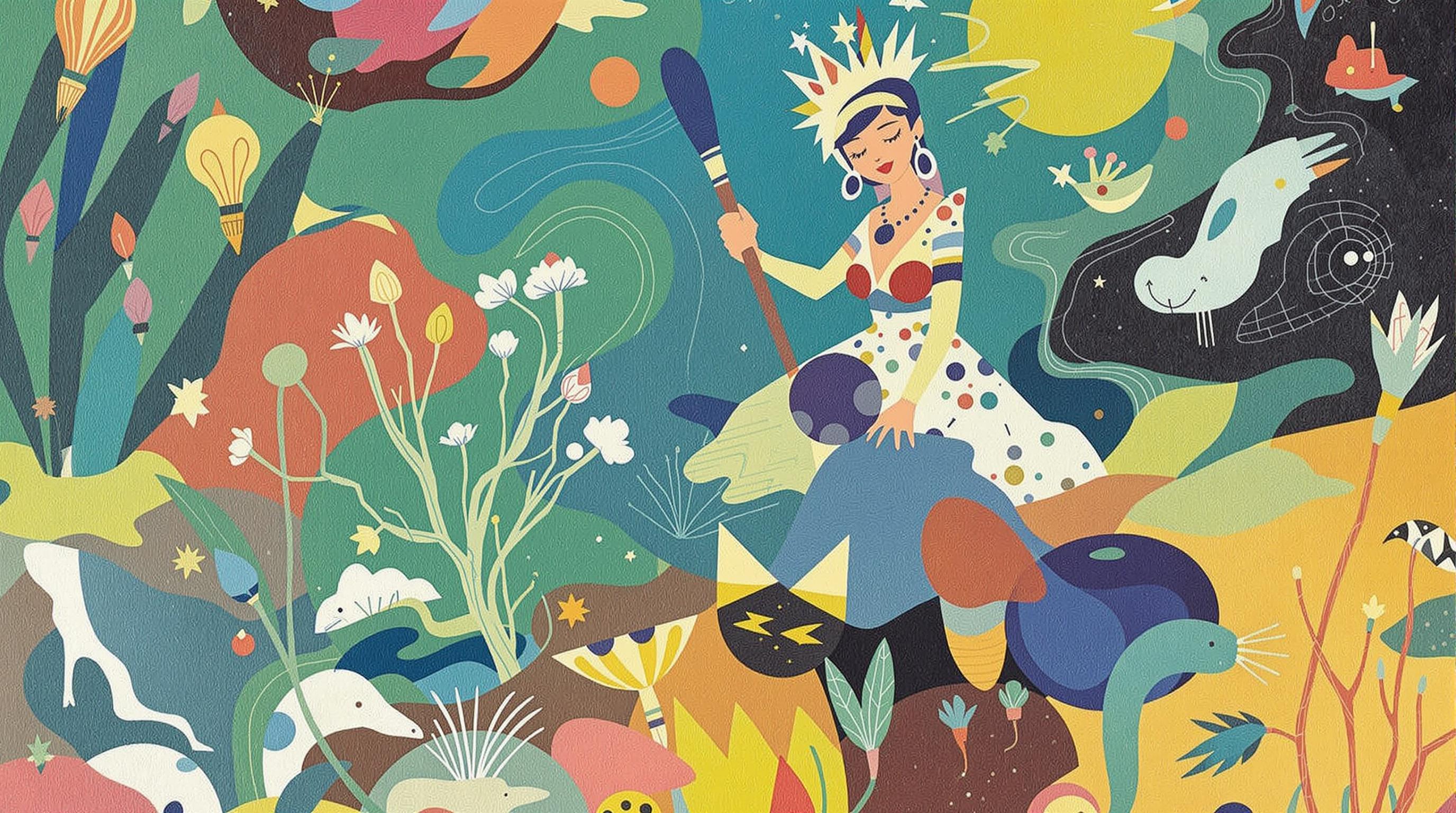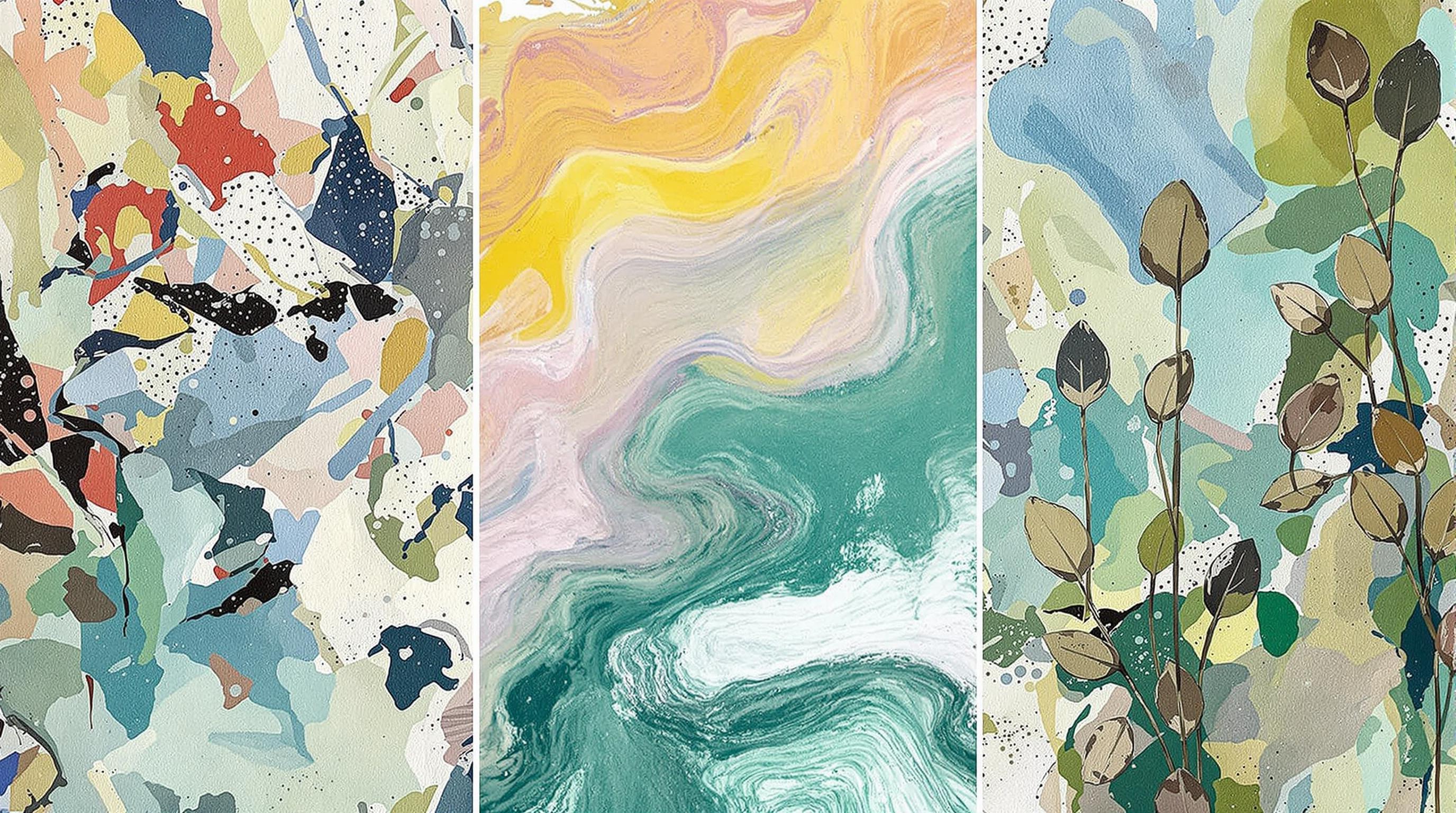Related Articles
- The Hidden Influence of Ergonomics: How Tool Design Shapes Our Physical Spaces and Daily Lives
- The Silent Influence: How Hidden Home Implements Shape Our Daily Routines and Spaces
- The Counterintuitive Role of Chaos: How Messy Tool Storage Can Lead to Unexpected Home Innovations
- Exploring the Unseen: How Audio Experiences Shape the Art of Domestic Spaces and Color Perception
- Rethinking the Mundane: How Everyday Objects are Becoming the Canvas for Modern Artistic Expression in Home Spaces
- Cultivating Chaos: The Surprising Benefits of Embracing Weeds in Your Garden Ecosystem
10 Surprising Psychological Effects of Color Choices in Home Painting and Decor: Enhance Your Space & Well-Being
10 Surprising Psychological Effects of Color Choices in Home Painting and Decor: Enhance Your Space & Well-Being
10 Surprising Psychological Effects of Color Choices in Home Painting and Decor: Enhance Your Space & Well-Being
1. The Calming Effect of Blue
Blue is often associated with serenity and tranquility. Many studies suggest that painting a room in calming shades of blue can lower blood pressure and evoke feelings of relaxation. This is particularly beneficial in spaces designed for unwinding, such as bedrooms or meditation areas.
Interestingly, blue light has been shown to improve sleep quality by promoting the production of melatonin. Therefore, opting for a soft blue hue could enhance your restfulness, contributing to overall well-being. By influencing mood positively, blue can create an inviting oasis that encourages comfort.
For the best results, seek lighter shades of blue, as these promote openness and airiness. Studies show that lighter blues can also evoke feelings of safety, making them ideal for personal spaces.
2. Warmth of Reds and Oranges
Red and orange are bold colors that evoke passion and energy. They can stimulate the body and raise energy levels, making them excellent choices for active spaces like kitchens or home gyms. In moderation, these colors can invigorate a room's atmosphere, inspiring creativity and conversations.
However, an overdose of these colors may lead to feelings of anxiety and aggression. Therefore, use them strategically—perhaps as accents in artwork or decor—to balance their stimulating effects without overwhelming the senses.
When integrating reds and oranges, consider pairing them with neutral tones to soften their intensity and create a dynamic visual contrast that remains inviting.
3. The Green of Nature
Green is known for its association with nature, representing growth, renewal, and harmony. Studies on color psychology indicate that green hues can reduce stress and promote emotional stability, making them ideal for common areas like living rooms and home offices.
Moreover, incorporating plants alongside green paint can amplify feelings of vitality and freshness, fostering a sense of well-being rooted in nature. One of the most significant benefits of using green in decor is its ability to create a refreshing and balanced environment.
From soothing sage to vibrant emerald, there are various shades of green to explore. Light greens highlight a sense of spaciousness, while darker hues offer a more grounded, enriching atmosphere.
4. The Cheerfulness of Yellow
Yellow is often perceived as a cheerful and optimistic color. Research shows that yellow can evoke happiness and stimulate feelings of positivity, making it a great choice for kitchens and playrooms. However, too much yellow can lead to frustration and anxiety.
To harness the uplifting energy of yellow, consider using it as an accent color. Soft yellows can brighten a space without inducing overstimulation, while deeper shades create warmth and comfort.
Combining yellow with other complementary colors will create joy while maintaining an inviting space. Consider pairing it with grays or whites for balance.
5. The Sophistication of Black
Black can often seem intimidating, but when used thoughtfully, it can enhance the sophistication of a room. This color contributes to a sense of elegance and can create an intimate atmosphere that invites relaxation and contemplation.
In terms of energy, black can absorb negative vibes and promote emotional grounding. Walls painted in deep black can make a space feel more enclosed and serene, aligning with the modern trend of minimalist decor.
To prevent a room from feeling too dark, balance black surfaces with lighter elements, such as natural light or contrasting decor, adding warmth to the overall aesthetic.
6. The Stimulating Nature of Purple
Purple, historically associated with royalty, represents luxury, ambition, and creativity. Shades of violet can inspire a sense of wonder and morph creativity, making them ideal for spaces associated with creativity, such as home offices or art studios.
Studies suggest that lighter purples evoke feelings of calmness, while deeper tones can encourage introspection. This color's duality allows for a wide range of emotional responses, which can be harnessed for different areas of the home.
To maintain a sophisticated atmosphere, balance purple with neutral colors or natural wood accents, creating a luxury vibe without overwhelming boldness.
7. The Grounding Qualities of Brown
Brown represents stability, reliability, and comfort. As an earthy tone, it can offer a grounding influence in home decor, providing a sense of security and connection to nature. Because of its warm undertones, brown can make spaces feel cozy and inviting.
This color works well in living rooms, dining areas, and study spaces. However, a heavy use of dark brown can render a space dull, so mixing it with lighter shades ensures an airy ambiance.
Using various materials—like wood or textiles—can add texture and warmth, fostering an inviting environment where people feel at ease.
8. The Tranquility of White
White symbolizes purity, cleanliness, and simplicity. It can make spaces look larger and more open, creating a sense of tranquility and clarity. By allowing natural light to bounce off white walls, spaces feel airy and fresh.
However, too much white can come off as sterile or cold. To soften the atmosphere, incorporate warm accents like textiles, art, or plants, creating a sanctuary that remains welcoming.
Employing white as a foundational color allows for endless combinations, adapting the mood simply by swapping out accents or decor.
9. The Inviting Effect of Soft Pastels
Pastel colors are gentle on the eyes and evoke feelings of calmness, warmth, and nostalgia. They work wonderfully in spaces meant for relaxation, such as bedrooms and nurseries. Pastels can encourage connection and promote a harmonious environment that feels safe and comforting.
Because of their versatility, pastels can blend with both vibrant and neutral colors, allowing homeowners to curate a unique blend of energy and tranquility in their decor.
Consider combining various pastels for a refreshing and inviting atmosphere, creating a soothing sanctuary that brightens the mood with its gentle aesthetic appeal.
10. Cultural Significance of Color
Colors carry meaning influenced by cultural backgrounds and personal experiences. For instance, red may symbolize luck in some cultures, while in others, it could signify danger. Understanding color's cultural significance can enhance the emotional response invoked by your decor choices.
In a multicultural home, blending culturally meaningful colors can foster connection and appreciation for diverse backgrounds. This consideration can create spaces that respect heritage while promoting feelings of belonging.
When selecting colors for your home, research their cultural meanings or, better yet, choose hues with personal significance. This choice deepens your connection to your space and enhances its overall emotional impact.





